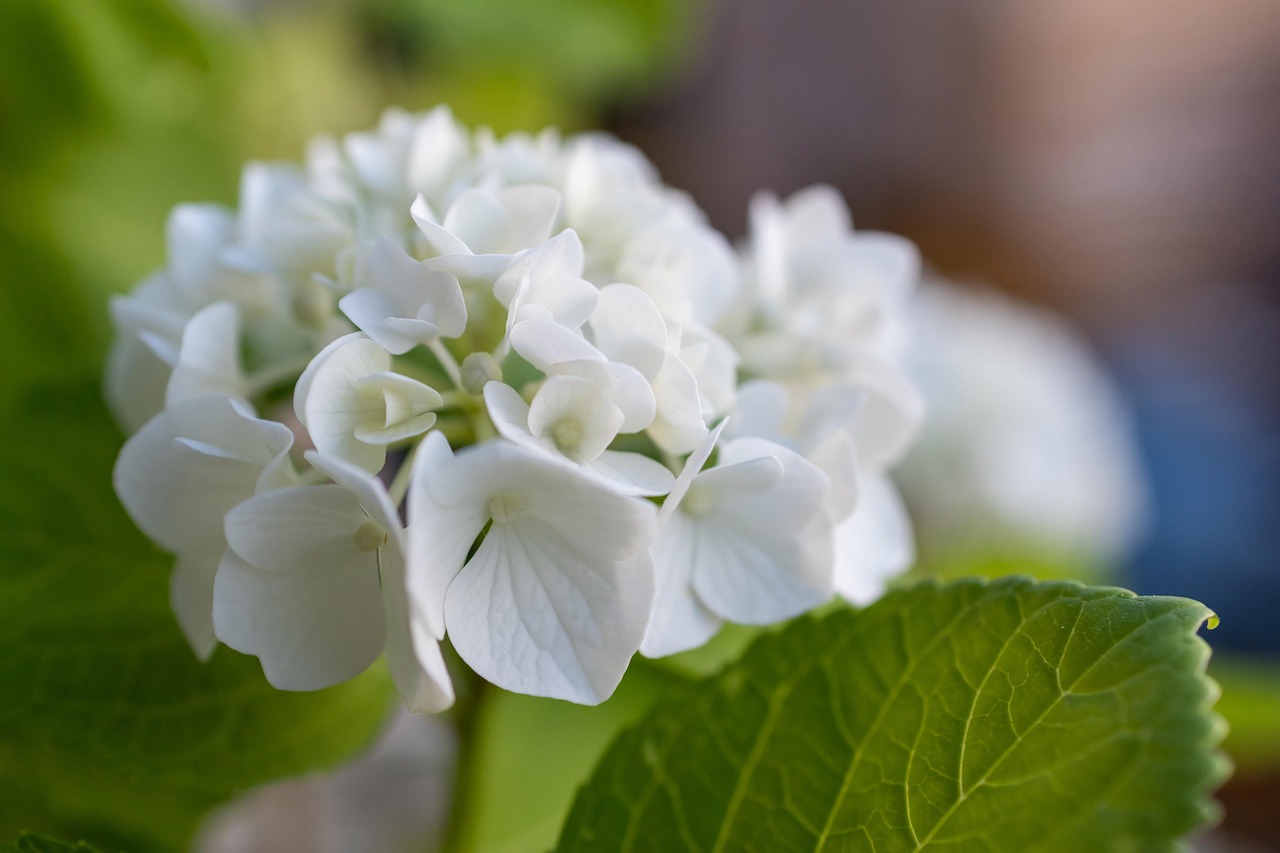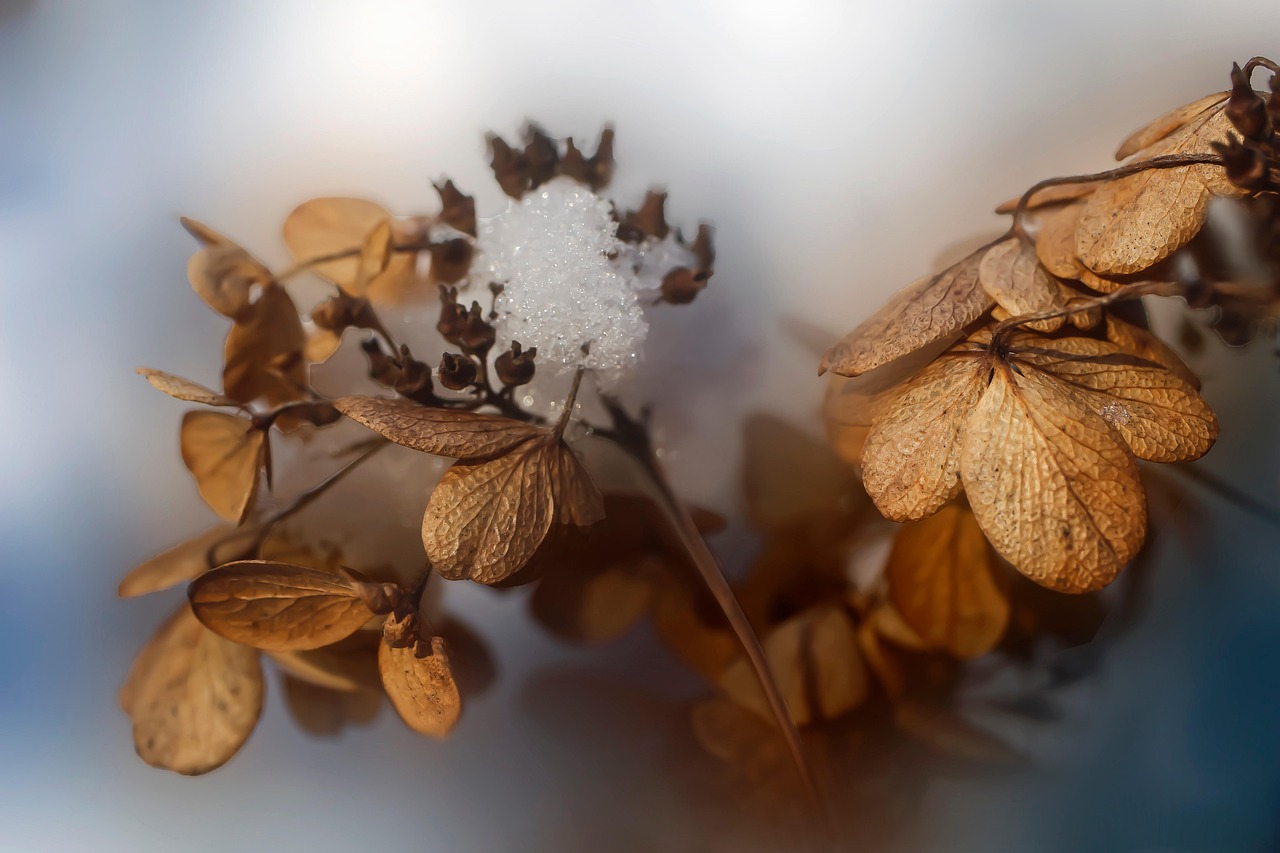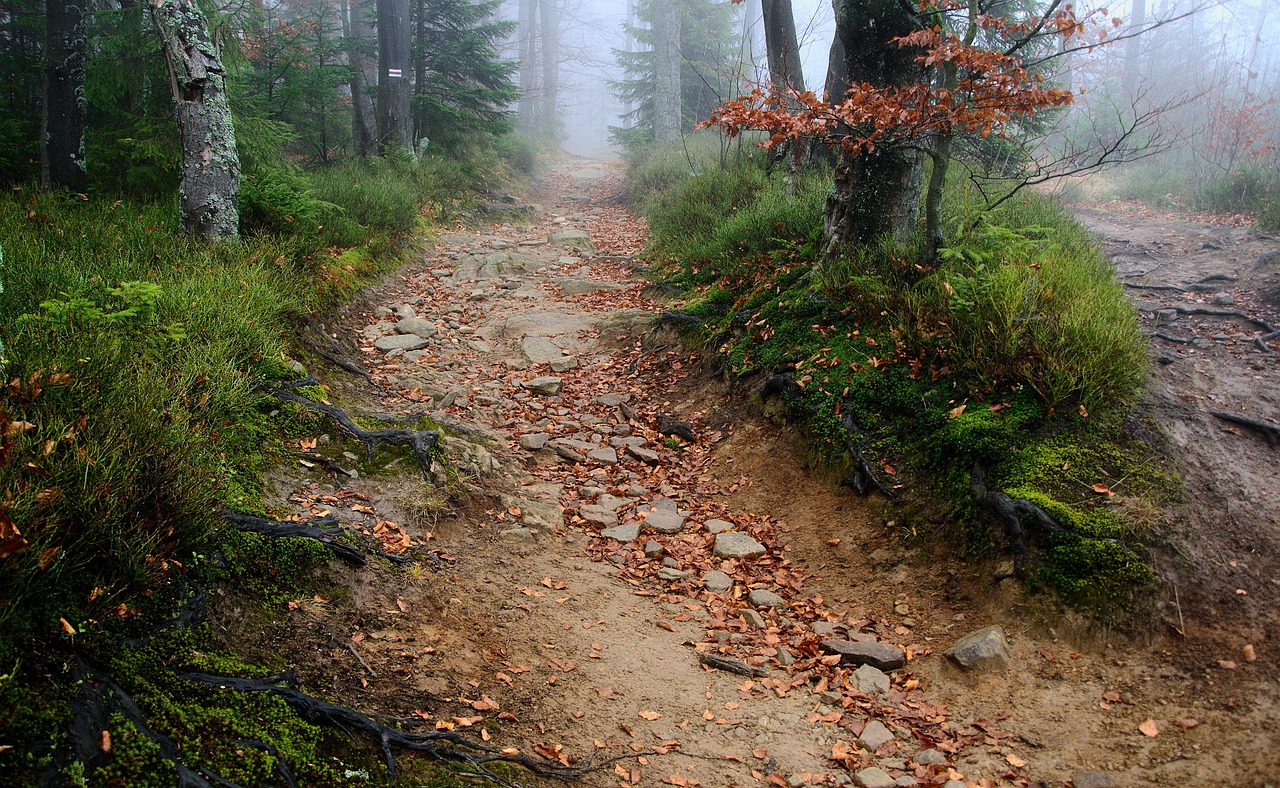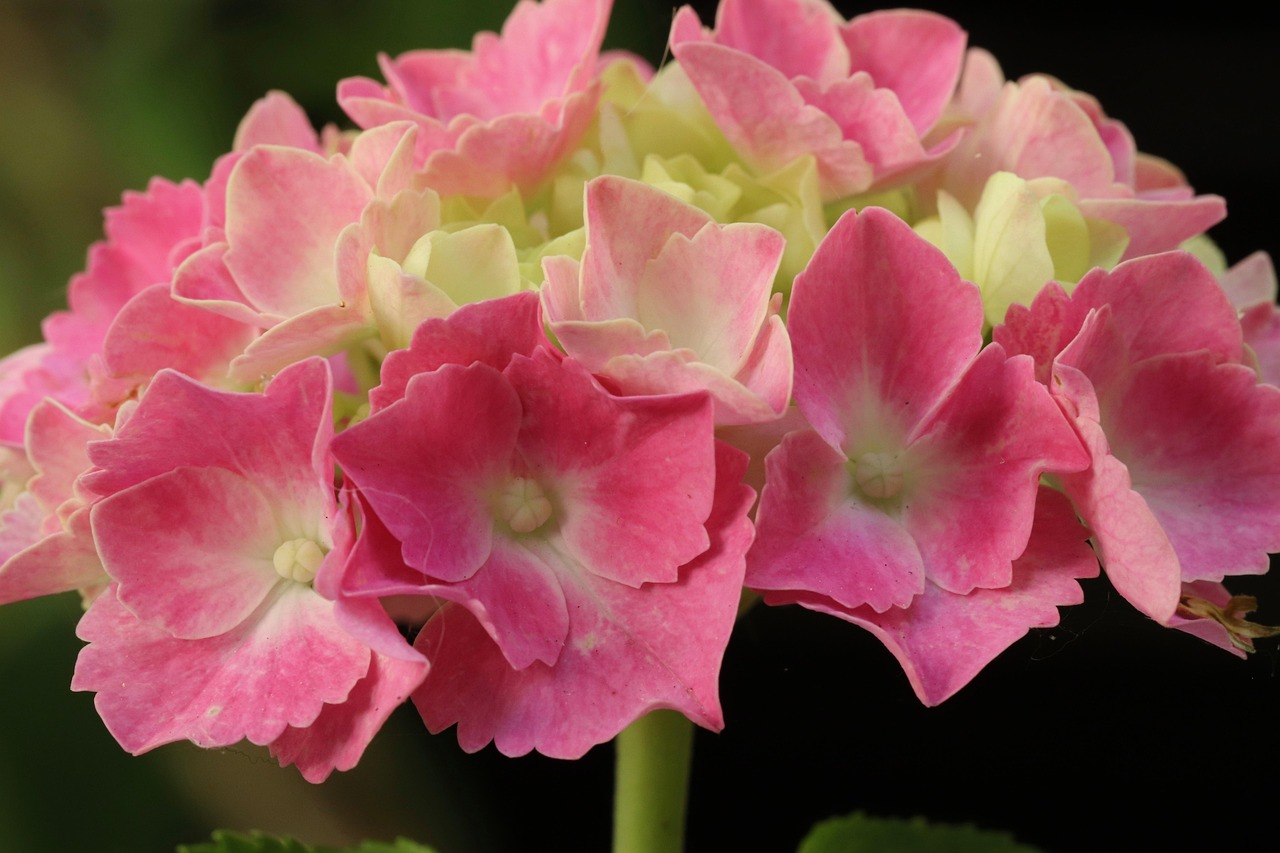The best time to plant hydrangeas outside is in the spring after the last frost or in the fall about six weeks before the first frost. This timing allows the plants to establish roots before extreme temperatures set in.
Hydrangeas are beloved for their stunning blooms and lush foliage. With various species and cultivars available, they can enhance any garden. However, knowing when to plant hydrangeas is crucial for their success. Planting at the right time ensures that these beautiful plants thrive and produce vibrant flowers.
Factors such as climate, soil type, and specific hydrangea varieties influence the ideal planting time. Understanding these elements can help you make informed decisions about when to introduce hydrangeas into your garden.
Understanding Hydrangea Varieties

There are several types of hydrangeas, each with unique characteristics and requirements. Some of the most popular varieties include:
- Bigleaf Hydrangea (Hydrangea macrophylla): Known for its large blooms, it prefers partial shade and thrives in USDA zones 5-9.
- PeeGee Hydrangea (Hydrangea paniculata): This variety has cone-shaped flowers and is more tolerant of sun and drought, suitable for zones 3-8.
- Oakleaf Hydrangea (Hydrangea quercifolia): With unique oak-shaped leaves, this variety is hardy in zones 5-9 and prefers well-drained soil.
- Mountain Hydrangea (Hydrangea serrata): A smaller variety that blooms later in the season, it thrives in zones 5-9 and enjoys morning sun and afternoon shade.
Choosing the right variety for your region is essential. Each type has different growth habits and flower structures, so understanding their needs will lead to a successful planting experience.
Climate Considerations
The climate plays a significant role in determining when to plant hydrangeas. In cooler regions, spring planting after the last frost is ideal. This timing allows the plants to settle into their new environment without the stress of cold temperatures. Conversely, in warmer areas, fall planting can be effective, as it provides a chance for hydrangeas to establish roots before heat sets in.
To assist with understanding local climates, consider the following temperature ranges:
| Climate Zone | Last Frost Date | First Frost Date |
|---|---|---|
| Zone 3 | May 15 | October 1 |
| Zone 4 | April 30 | October 15 |
| Zone 5 | April 15 | October 31 |
| Zone 6 | April 1 | November 15 |
| Zone 7 | March 15 | December 1 |
| Zone 8 | February 15 | December 15 |
| Zone 9 | February 1 | January 1 |
This table provides a general guideline for planting times based on climate zones. By paying attention to local frost dates, gardeners can optimize their planting schedules for hydrangeas.
The Importance of Soil Preparation
In addition to timing, soil quality affects hydrangea growth. Before planting, ensure that the soil is well-draining and rich in organic matter. Conduct a soil test to check pH levels and nutrient content. Hydrangeas prefer slightly acidic to neutral soil, ideally between pH 5.5 and 7.0.
Improving soil quality may involve:
- Adding compost or well-rotted manure to enrich nutrients.
- Aerating compacted soil to enhance drainage.
- Incorporating mulch to retain moisture and regulate soil temperature.
Taking these steps will create an ideal environment for hydrangeas to flourish once planted.
Choosing the Right Location
Alongside timing and soil preparation, selecting the appropriate location for hydrangeas is crucial for their growth and flowering potential. A well-chosen site can significantly enhance their health and visual appeal. Here are key factors to consider when determining the best spot for your hydrangeas:
Sunlight Requirements
Hydrangeas have varying sunlight needs depending on their species. Most prefer partial shade, which protects them from harsh afternoon sun. However, some varieties, like the PeeGee hydrangea, can thrive in full sun conditions. Understanding these requirements will help you position your plants correctly.
- Bigleaf Hydrangeas: Best suited for partial shade, ideally receiving morning sun and afternoon protection.
- PeeGee Hydrangeas: Tolerates full sun but benefits from some afternoon shade in hotter climates.
- Oakleaf Hydrangeas: Prefers partial shade, thriving in light-filtered environments.
- Mountain Hydrangeas: Enjoys morning sun with afternoon shade to prevent wilting.
Protection from Wind
Wind can damage hydrangea blooms and foliage. Therefore, choosing a location that offers some protection from strong winds is essential. Consider planting near a wall, fence, or other sturdy structures that can act as windbreaks. Additionally, this will help maintain moisture levels in the soil, providing a more stable environment for the plants.
Watering Needs
Hydrangeas have specific watering requirements that must be met for optimal growth. They require consistent moisture, especially during their growing season. Here are some key points to consider regarding their watering needs:
- Frequency: Newly planted hydrangeas need regular watering every 2-3 days until established. Once established, watering once a week is usually sufficient unless there are extended dry periods.
- Soil Moisture: Check the top inch of soil; if it’s dry, it’s time to water. Avoid letting the soil completely dry out, as this can lead to wilting.
- Watering Method: Use a soaker hose or drip irrigation to deliver water directly to the root zone. This method minimizes evaporation and ensures that water penetrates deeply into the soil.
Signs of Overwatering
While hydrangeas enjoy moisture, overwatering can lead to root rot and other issues. Be on the lookout for these signs:
- Yellowing leaves
- Soggy or mushy roots
- Wilting despite moist soil
Adjust your watering schedule if you notice any of these symptoms to protect your plants’ health.
Fertilizing Hydrangeas

Providing the right nutrients is essential for healthy growth and vibrant blooms. Fertilizing hydrangeas helps support their development and enhances flowering. Here are some tips for fertilization:

- Type of Fertilizer: Use a balanced, slow-release fertilizer specifically designed for flowering shrubs. Look for a fertilizer ratio of 10-10-10 or 5-10-5.
- When to Fertilize: Apply fertilizer in early spring as new growth begins and again in mid-summer. Avoid fertilizing late in the season to prevent new growth that could be damaged by frost.
- Application Method: Spread the fertilizer evenly around the base of the plant, keeping it a few inches away from the stem to avoid burning the roots.
By following these fertilization guidelines, you will support robust growth and stunning blooms throughout the season.
Pruning Hydrangeas
Pruning is a vital aspect of hydrangea care that influences their shape, size, and flowering. Understanding the correct pruning techniques can enhance the overall appearance and health of your plants. The timing and method of pruning depend on the hydrangea variety.
When to Prune
Timing is crucial for effective pruning. Generally, there are two main periods for pruning hydrangeas:
- Late Winter/Early Spring: This is the ideal time to prune varieties that bloom on new wood, such as the Panicle and Smooth hydrangeas. Pruning during this period encourages vigorous growth and abundant blooms.
- After Blooming: For varieties that bloom on old wood, such as Bigleaf and Oakleaf hydrangeas, it is best to prune immediately after flowering. This approach allows you to cut back spent blooms while preserving the buds for the next season.
Pruning Techniques
Using the right techniques ensures a healthy plant structure and promotes blooming. Here are some effective pruning methods:
- Deadheading: Remove spent flowers to encourage new growth and keep the plant looking tidy. This can be done throughout the blooming season.
- Thinning: To maintain air circulation, remove some of the older stems at the base of the plant. This practice helps prevent disease and encourages healthier blooms.
- Cutting Back: For new wood varieties, cut back stems to about one-third of their height in early spring. For old wood types, only trim back dead or damaged stems while preserving healthy ones.
Always use clean, sharp pruning shears to avoid damaging the plant and to minimize the risk of disease transmission.
Pest and Disease Management
Like all plants, hydrangeas can be susceptible to pests and diseases. Being proactive in management can help preserve their health and beauty.
Common Pests
Some pests that may affect hydrangeas include:
- Aphids: These small insects suck sap from leaves and can lead to distorted growth. Regularly inspect your plants and remove them by spraying with water or using insecticidal soap.
- Spider Mites: Often found in dry conditions, spider mites create fine webbing on leaves. Increase humidity around your plants and apply miticides if necessary.
- Japanese Beetles: These insects can skeletonize leaves. Hand-picking them off or using traps can help control their population.
Disease Prevention
Hydrangeas can also face diseases like powdery mildew and root rot. Here are preventive measures:
- Powdery Mildew: This fungal disease appears as white powder on leaves. Ensure proper air circulation by spacing plants adequately and avoid overhead watering.
- Root Rot: Caused by overwatering or poorly drained soil, root rot leads to wilting and yellowing leaves. Ensure proper drainage and avoid excessive moisture around the roots.
By staying vigilant for pests and diseases, you can maintain healthy hydrangeas that thrive in your garden.
Winter Care for Hydrangeas

Preparing hydrangeas for winter is essential, especially in colder climates. Proper winter care ensures that your plants survive the winter months and return strong in spring.
Mulching
A thick layer of mulch around the base of your hydrangeas helps insulate the roots and regulate soil temperature during winter. Use materials such as shredded bark or wood chips to create a protective barrier.
Caging and Covering
If you live in an area with harsh winters, consider caging your hydrangeas with wire mesh or burlap. This protection shields them from heavy snow loads and ice damage.
By following these winter care tips, you can help ensure that your hydrangeas emerge healthy and ready to bloom when spring arrives.
Additional Tips for Successful Hydrangea Care
In addition to the practices discussed, there are several more tips that can enhance the overall success of growing hydrangeas. Implementing these strategies can help ensure that your plants not only survive but thrive in your garden.
Choosing the Right Time for Planting
While spring and fall are generally the best seasons to plant hydrangeas, it is also essential to consider your region’s specific weather patterns. Here are some guidelines:
- Spring Planting: Aim for a time when the soil has warmed up but before the heat of summer arrives. This typically falls around mid-April to early June in many regions.
- Fall Planting: Make sure to plant at least six weeks before the first expected frost date. This timing allows the roots to establish before winter.
Companion Planting
Companion planting can also benefit your hydrangeas. Pairing them with certain plants can enhance their growth and protect them from pests. Consider planting:
- Ferns: These provide a beautiful backdrop and help retain moisture in the soil.
- Hostas: Their broad leaves can help shade the base of hydrangeas, reducing weed competition.
- Astilbe: This perennial loves similar conditions and can add color to your garden throughout the summer.
Color Changes in Hydrangeas
The color of hydrangea blooms can change based on soil pH levels. For example, Bigleaf hydrangeas can produce pink flowers in alkaline soil and blue flowers in acidic soil. To manipulate bloom color:
- To Achieve Blue Flowers: Lower the soil pH by adding sulfur or aluminum sulfate.
- To Achieve Pink Flowers: Raise the soil pH by adding lime.
Keep in mind that color changes may take time, and it is important to test your soil before making significant adjustments.
Final Thoughts
Caring for hydrangeas can be a rewarding endeavor, offering beautiful blooms and lush foliage throughout the growing seasons. By understanding when to plant, how to maintain soil health, and the importance of proper watering and fertilization, you can create an ideal environment for these stunning plants.
Always remember to consider local climate conditions, choose suitable varieties, and implement effective pest and disease management strategies. Additionally, seasonal care—such as winter protection and timely pruning—will contribute to the overall health and longevity of your hydrangeas.
Whether you are a beginner or an experienced gardener, following these guidelines will help ensure that your hydrangeas flourish year after year. With patience and care, you will enjoy vibrant blooms that enhance your garden and bring joy for seasons to come.
